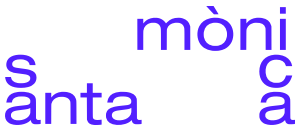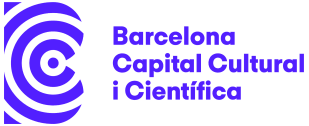'Demo'
← 'Demo'
June 13 to 15Demo / Three Stage Drawing Transfer

- Abstract: This work creates a visual-mental-physical circuit between a generative adversarial network (GAN), a co-robotic arm, and a five-year-old child. From training images to the latent space of a GAN, to a live human interpreter, it establishes multiple translational stages between human and non-human actors playing out through the medium of drawing.
The title refers to Dennis Oppenheim’s 1971 performance ‘Two Stage Transfer Drawing’, a direct inspiration for this work. In that piece, Oppenheim staged a photographic performance with his son, reconceiving drawing as a form of intimate, embodied, inter-generational touch-based communication. I have added additional stages to the exchange: from the host of absent children contributing training images to the blackbox neural network (GAN); through the robotic arm drawing with the child; to my son’s eyes where they are seen, named, and rendered through his own hand and imagination.
The neural network at the center of this artwork is a StyleGAN2 architecture trained on a collection of over 7,000 children’s drawings gathered by Rhoda Kellogg. As visual subject matter, these “early graphic expressions” recall Claude Debuffet’s Art Brut (1948) or raw art. I am interested in children’s art not just for being outside of convention and learned expression, but for how it shows drawing and graphical expression in its moments of development. Perhaps a better reference for this endeavor are the Surrealists, who also sought to escape the personal bounds of language and subjectivity through sleep deprivation, mind-altering substances, and games of chance and collaboration.
These questions of where we seek the other; where we grant agency, autonomy and intelligence; and why we might wish to escape our own subjectivities speak to the design and use of emergent AI. Experimental interactions between humans and non-humans have the potential to produce mutual revelation, this project is one model for that.
- Biography: Robert Twomey is an artist and engineer exploring poetic intersections of human and machine perception, particularly how emerging technologies transform sites of intimate life. He has presented his work at SIGGRAPH (Best Paper Award), CVPR, ISEA, NeurIPS, the Museum of Contemporary Art San Diego, Nokia Bell Labs Experiments in Art and Technology (E.A.T.), and has been supported by the National Science Foundation, the California Arts Council, Microsoft, Amazon, NVIDIA, and HP. Twomey received his BS from Yale with majors in Art and Biomedical Engineering, his MFA in Visual Arts from UC San Diego, and his Ph.D. in Digital Arts and Experimental Media from the University of Washington.He is an Assistant Professor of Emerging Media Arts with the Johnny Carson Center at the University of Nebraska-Lincoln, and an Artist in Residence with the Arthur C. Clarke Center for Human Imagination at UC San Diego.
Venue
- CCCB
Montalegre, 5 - 08001 Barcelona
⟵ Return to 'Demo'





